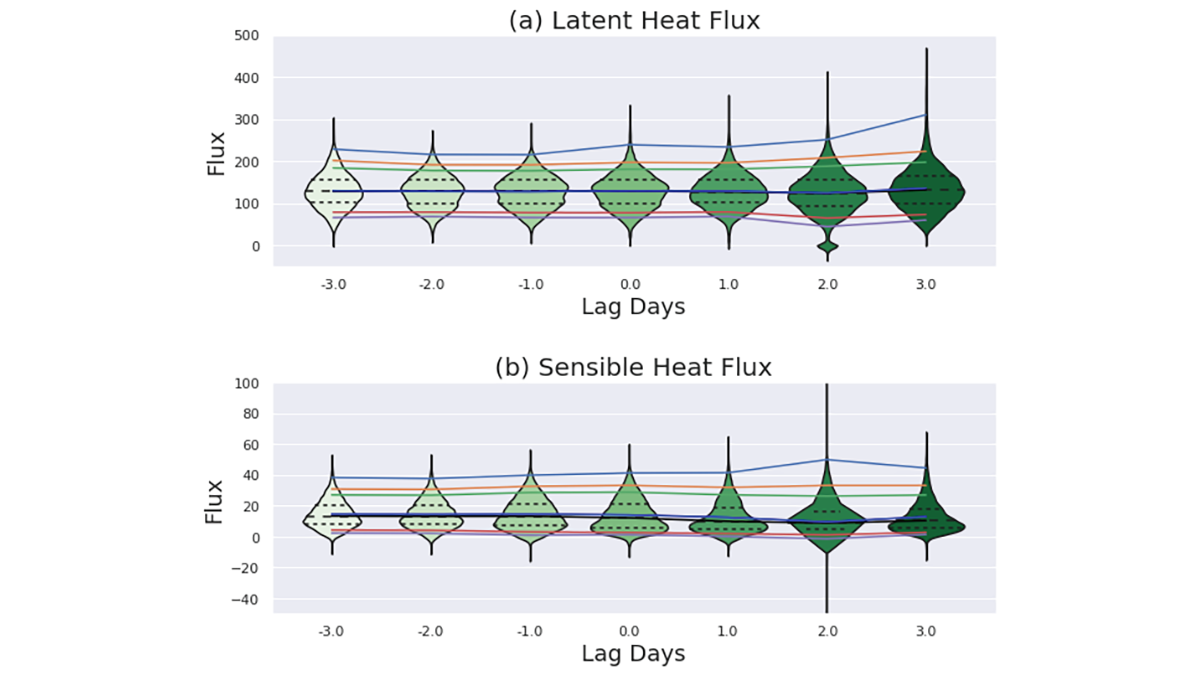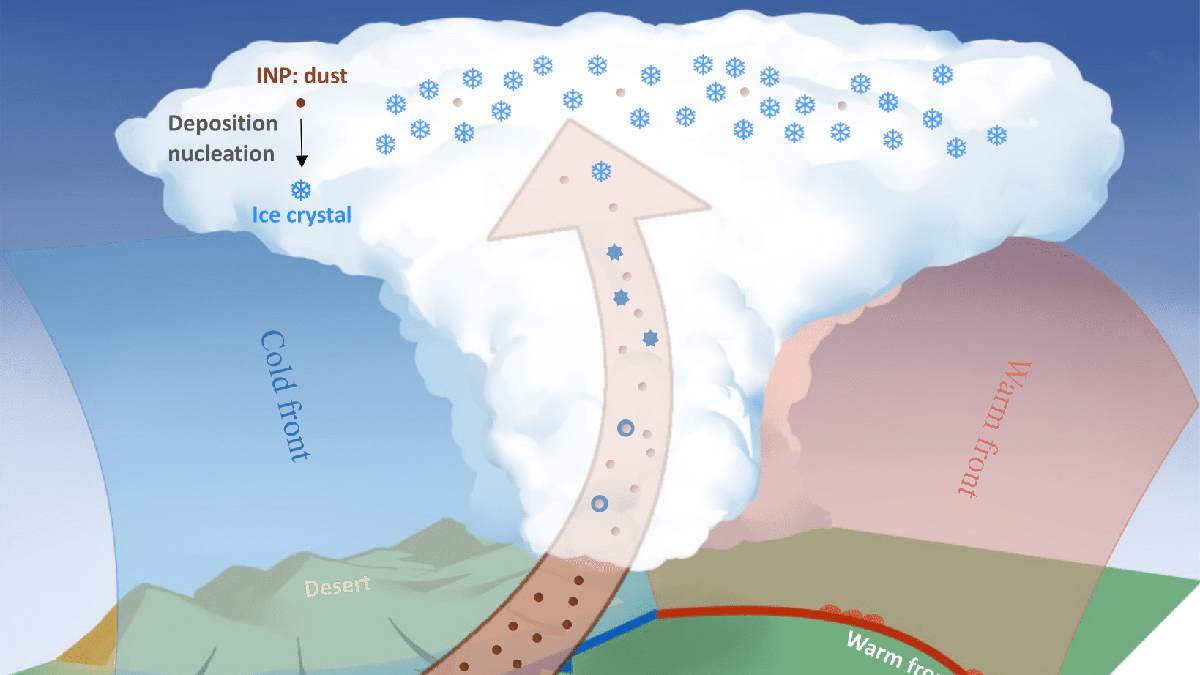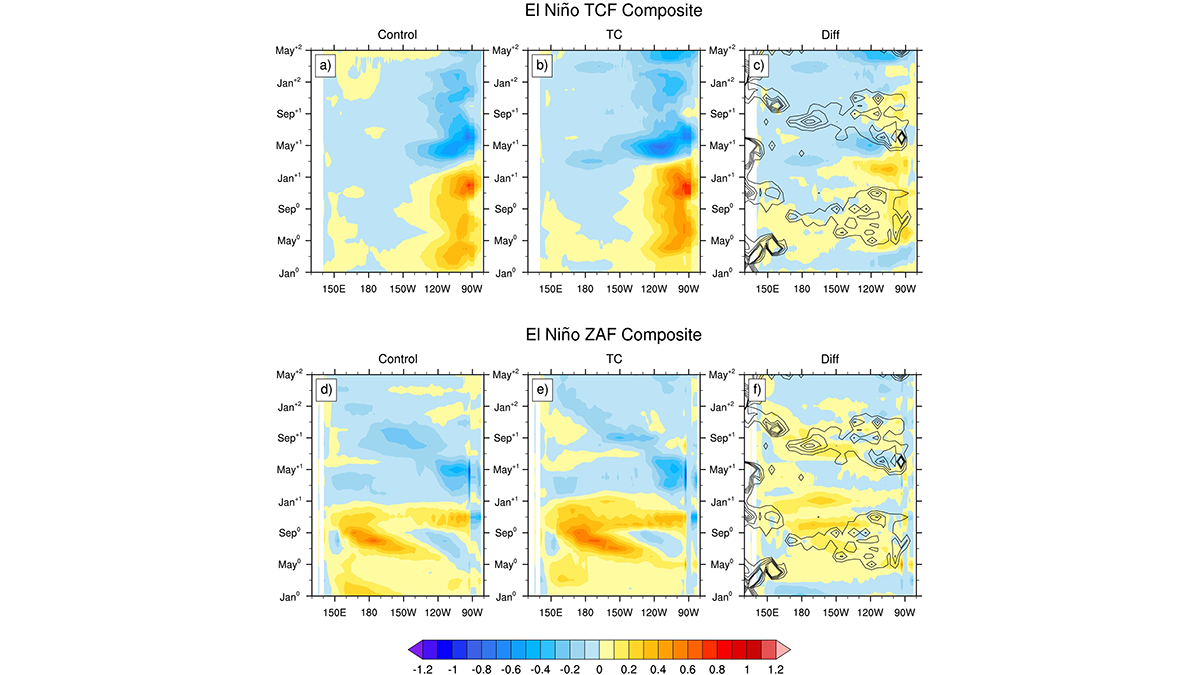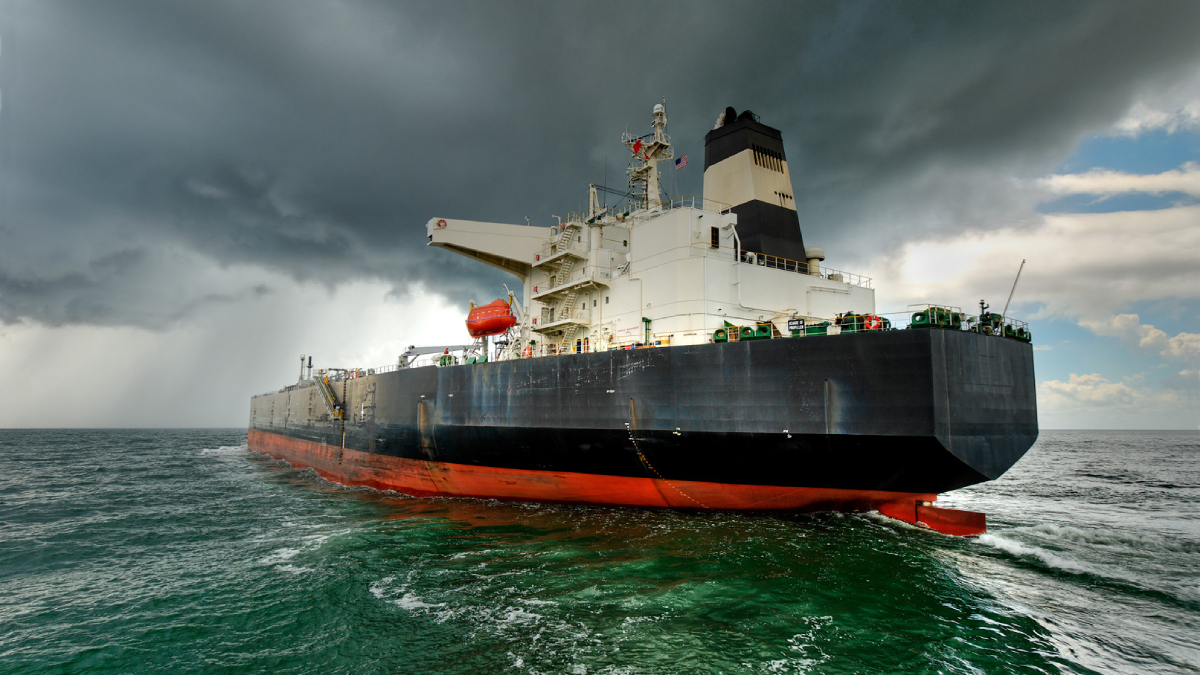NOAA’s Hurricane Hunters risk their lives each time they fly into the eye of a storm to collect crucial data for forecasting, hurricane modeling, and research.
hurricanes, typhoons, & cyclones
Satellite View of African Easterly Waves and Hurricane Formation
Researchers present a new analysis of surface winds and enthalpy fluxes from satellite retrievals for African easterly waves that intensify into Atlantic hurricanes.
Tropical Cyclone Triggered Record Algal Bloom in the South Pacific
In 2019, Tropical Cyclone Oma hovered over the Coral Sea in the South Pacific, leaving a massive algae bloom in its wake.
Impact of Tropical Cyclones on El Niño-Southern Oscillation
A suite of Earth Systems model experiments is used to explore how tropical cyclones influence the frequency, magnitude, and timing of El Niño-Southern Oscillation events.
Back-to-Back Hurricanes Could Become Common by 2100
New research shows back-to-back hurricanes could strike the United States every few years by 2100.
How Kicked-Up Dust Forms Cirrus Clouds
Dust lifted into the air by cyclones provides anchor points for cloud-forming ice.
A New Coupled Modeling System Improves Forecast Skills
Building on older versions, the new Global Ensemble Forecast System with coupled atmosphere-land-ocean-ice-wave models has better forecasting skills of the atmosphere than the uncoupled system.
Seaports Could Lose $67 Billion Yearly from Natural Disasters
Small islands and low-income nations face the largest relative monetary losses to their ports and maritime trade.
The Role of Insurance in Climate Adaption
New research tests the promise of insurance to harden the U.S. economy to tropical storms.










